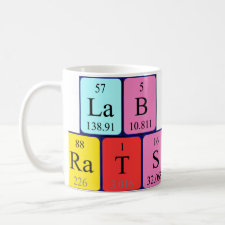
Authors: Romano EFJ, Holdsworth CI, Quirino JP, So RC
Article Title: Room temperature synthesis and binding studies of solution-processable histamine-imprinted microspheres.
Publication date: 2018
Journal: Journal of Molecular Recognition
Volume: 31
Issue: (1)
Page numbers: ArticleNoe2659.
DOI: 10.1002/jmr.2659
Abstract: Accurate quantification of histamine levels in food and in biological samples is important for monitoring the quality of food products and for the detection of pathophysiological conditions. In this study, solution processable histamine-imprinted microspheres were synthesized at 30 °C via dilute free radical phototochemical polymerization technique using ethylene glycol dimethacrylate (EGDMA) as the crosslinker and methacrylic acid (MAA) as the monomer. The processability of the resulting polymer is dictated by the monomer feed concentration (eg, 4 wt% 80:20 EGDMA:MAA formulation) and solvent (acetonitrile). Whereas, the particle size is influenced by the monomer feed concentration, the presence of template molecule, and independent of the crosslinker content. Evaluation of the binding performance of the photochemically imprinted polymers (PCP) with different crosslinker content (80 and 90 wt%) indicated that the selective binding capacity was notably higher in PCP-80 (N= 16.0 μmol/g) compared to PCP-90 (N= 10.1 μmol/g) when analyzed via frontal analysis capillary electrophoresis (FACE) using Freundlich isotherm. In addition, PCP-80 microspheres are more selective toward histamine than conventional thermal polymers (CTP-80) prepared at 60 °C in the presence of structural analogs such as histidine, imidazole, and tryptamine under cross-rebinding and competitive conditions. These results demonstrated that histamine-selective imprinted polymers can be obtained readily using room temperature photochemical polymerization where these materials can be subsequently used as recognition element for optical-based histamine sensing
Template and target information: histamine
Author keywords: Frontal analysis capillary electrophoresis, histamine, microspheres, photochemical polymerization, processable, Thermal polymerization



Join the Society for Molecular Imprinting

New items RSS feed
Sign-up for e-mail updates:
Choose between receiving an occasional newsletter or more frequent e-mail alerts.
Click here to go to the sign-up page.
Is your name elemental or peptidic? Enter your name and find out by clicking either of the buttons below!
Other products you may like:
 MIPdatabase
MIPdatabase









